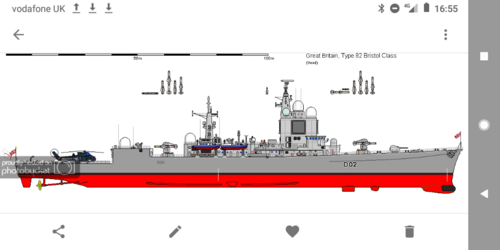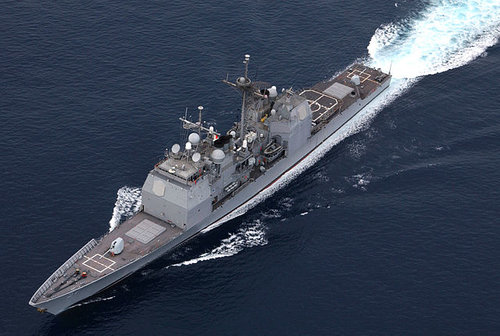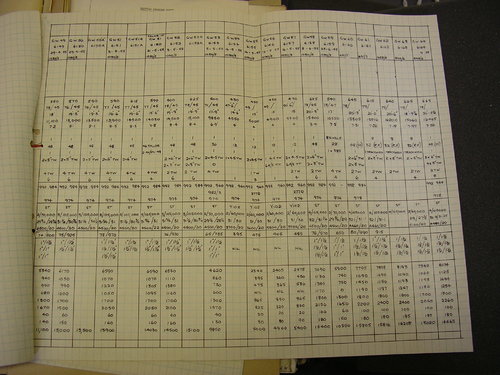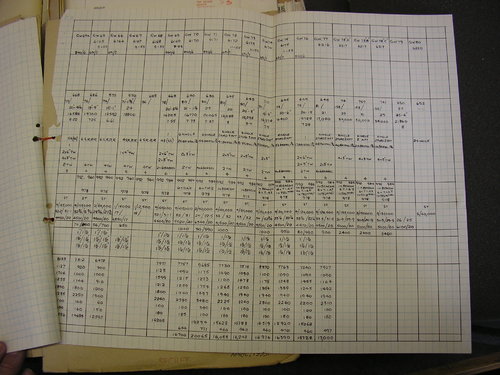The description of the Type 985 says they are canted back 25 degrees from vertical. So not like SCANFAR, closer to later Aegis and Skywatch, or MAR and the Soviet equivalent.
One should not presume that the UK will make the same mistakes as the US. Rather it will make it's own mistakes instead.
And there seems no suggestion that Type 985 is using Luneburg Lenses. So that is not applicable.
This is partly because Type 985 is not trying to do everything unlike SPG-59, which is attempting to search, track and illuminate targets.
SCANFAR cut out the illuminators and that is done by other sets.
SCANFAR cut out the Luneburg Lense too.
So they used a set of arrays instead.
Then they split Search from Tracking into separate arrays.
Search being 2D so just giving range and angle.
Tracking being 3D, so giving range, angle and azimuth. Say 20 degrees portside, 15 degrees above the horizon and 150nm which can be calculated for height.
Search is just sweeping the sky for contacts.
Say Contact X at 200nm, at 20 degrees portside of the ship.
Tracking means having a both a regular beam on the selected target and holding it's data in the system.
Say Contact X at 100nm, currently 90 degrees starboardside, at 30,000ft, velocity -500kts relative (so it's going away), course 15 degrees westward of the system.
This can be done every so many seconds.
Illumination is pretty descriptive, the beam doesn't leave the target until destruction or a miss.
Tracking and Illumination Radar combines Tracking with Illumination.
Type 985 is aiming at both Search Tracking, leaving illumination to other sets.








